The presentation of marketing collateral, videos and promotional products was impressive. It was clear a lot of money had been spent on developing the new brand.
But what did the brand represent?
I found it interesting that the initial Ski City USA branding campaign avoided mentioning Salt Lake City or any resort. It also steered clear of using “the greatest snow on earth” tag which has so much equity in the ski world. Not as surprising, to me at least, was the campaign’s emphasis on the number of bars, ski runs and hotels in Ski City USA.
That mystical city, with ski runs, bars and hotels everywhere you look.
Most in attendance — except maybe that guy from Day Break hanging out at the buffet table — knew that Ski City USA was a rebranding of the Salt Lake County’s cooperative ski resort community aka the frontside four aka Snowbird, Alta, Solitude and Brighton. But most did not understand the subtle nature of the campaign.
Taking a look under the hood of the campaign, you may discover that Ski City USA’s biggest weakness has led to the development and propagation of a dirty little secret. More on that in a bit.
That weakness is the missing characteristic that defines the classic ski vacation. A town. A cohesive Main Street. A place where everyone can conveniently dine and unwind after a day on the slopes.
Ski City USA visitors must travel quite a distance by car and sometimes bus—battling heavy, slow moving traffic in both Cottonwood Canyons—in order to get find lodging which is spread out all over Sandy and other communities along the Wasatch Front. Then, it’s typically another drive to find food and spirits. That’s a lot of work after a day of beating yourself up on the slopes.
VSL’s solution was to create the perception of a central hub, and set expectations by presenting the city of Salt Lake as an exciting, larger scale alternative to the laid back ski town atmosphere.
But marketing the frontside four by using Salt Lake City as a critical brand component is a tough sell. For years, VSL has been selling the idea that skiing the frontside four is just an easy train/bus ride away.
And now that dirty little secret: In reality, getting to the frontside four resorts from downtown SLC, using public transportation, is a long and painful journey. No one does it unless they are desperate.
VSL has also been promoting the fact that there are tons of great restaurants to be experienced in Salt Lake City. But do skiers staying in Sandy really want to dress up and head downtown for dinner?
VSL partners have also bought into the myth. I recall the Utah Symphony launching a significant marketing effort offering visiting skiers—not locals—discounted tickets to evening performances.
Forget the hot tub, beers and comfort food my friends. After you trash yourself on the slopes all day, put on your best duds and drive a half hour to the city.
Sorry, I just don’t see it happening. But I applaud the effort.
I suspect that, one day, Sandy could develop into aforementioned hub for the frontside four. And if Mountain Accord can solve the transportation challenges, the frontside four will be just fine.
Until then, we should promote the strengths of the frontside four. Great snow. Great terrain. Easy international travel destination.
Note: after the publication of this story, VSL settled a lawsuit brought by Steamboat Springs. Without disclosing other terms, VSL agreed to drop the word “USA” from the brand name. So the current brand is just “Ski City.”

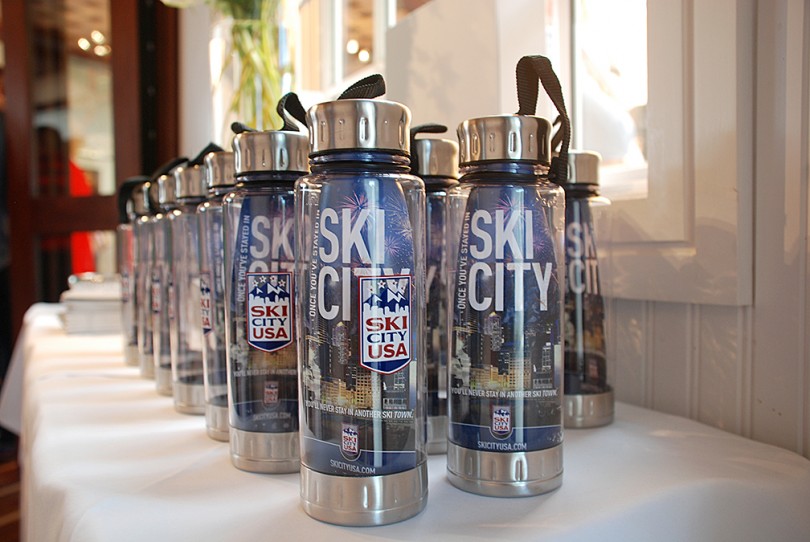

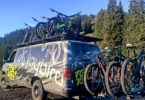
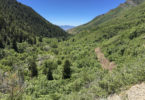
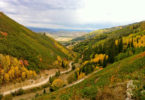
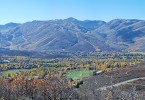
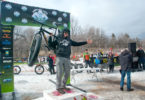
Leave a Comment